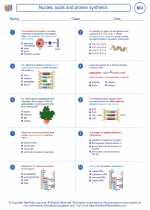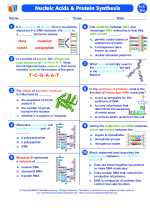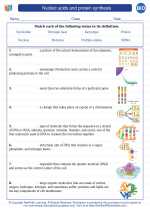Ovaries
Ovaries are a pair of female reproductive organs located in the pelvis. They are responsible for producing eggs (ova) and female sex hormones, including estrogen and progesterone. The ovaries are crucial for the menstrual cycle, fertility, and pregnancy.
Anatomy of the Ovaries
The ovaries are small, almond-shaped glands, each about the size of a walnut. They are located on either side of the uterus and are held in place by ligaments. Each ovary is made up of several structures, including:
- Ovarian Follicles: These are small sacs within the ovaries that contain immature eggs. Each month, one follicle matures and releases an egg during ovulation.
- Corpus Luteum: After ovulation, the empty follicle transforms into the corpus luteum, which produces progesterone to prepare the uterus for pregnancy.
- Ovarian Stroma: This is the connective tissue that supports the structures within the ovary.
Functions of the Ovaries
The ovaries have several important functions:
- Egg Production: Ovaries produce and release eggs during the menstrual cycle, allowing for fertilization by sperm.
- Hormone Production: The ovaries secrete estrogen and progesterone, which regulate the menstrual cycle, maintain pregnancy, and influence secondary sexual characteristics.
- Reproductive Health: The ovaries play a crucial role in female fertility and reproductive health.
Common Disorders and Diseases
Several disorders and diseases can affect the ovaries, including:
- Polycystic Ovary Syndrome (PCOS): A hormonal disorder causing enlarged ovaries with small cysts on the outer edges.
- Ovarian Cysts: Fluid-filled sacs that can form on or within the ovaries.
- Ovarian Cancer: A type of cancer that begins in the ovaries, often diagnosed at an advanced stage.
Study Guide
When studying the ovaries, it's important to focus on the following key points:
- Understand the anatomy of the ovaries, including the structures and their functions.
- Learn about the hormonal regulation of the menstrual cycle and the role of the ovaries in reproduction.
- Explore common disorders and diseases of the ovaries, including their symptoms and potential treatments.
- Consider the impact of ovarian health on overall female reproductive and endocrine function.
By mastering these concepts, you will have a solid understanding of the ovaries and their significance in female biology and health.
.◂Biology Worksheets and Study Guides High School. Nucleic acids and protein synthesis

 Worksheet/Answer key
Worksheet/Answer key
 Worksheet/Answer key
Worksheet/Answer key
 Worksheet/Answer key
Worksheet/Answer key
 Vocabulary/Answer key
Vocabulary/Answer key
 Vocabulary/Answer key
Vocabulary/Answer key
 Vocabulary/Answer key
Vocabulary/Answer key
